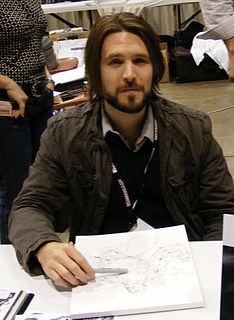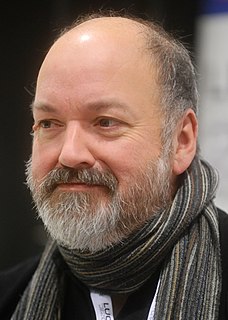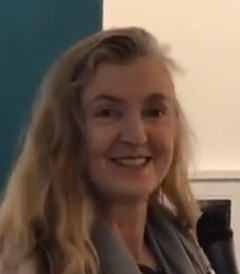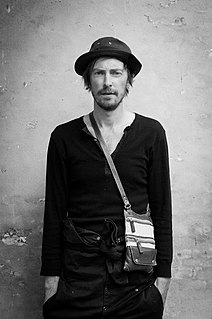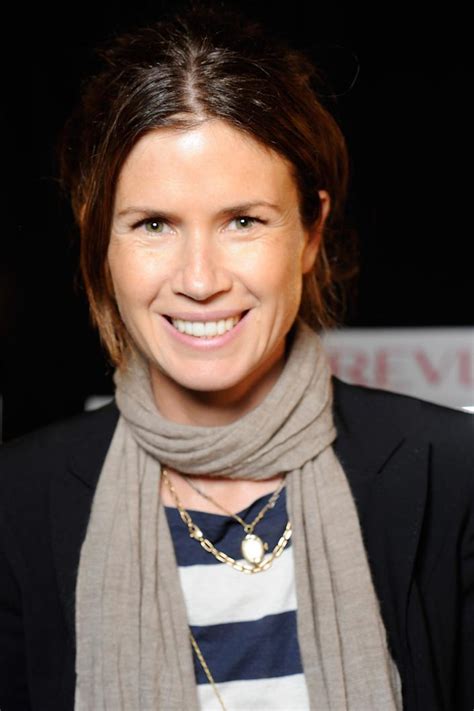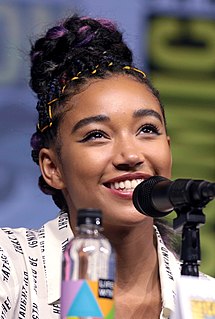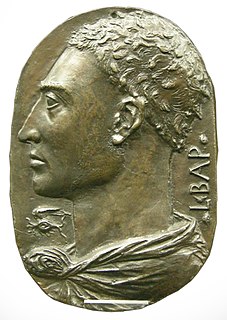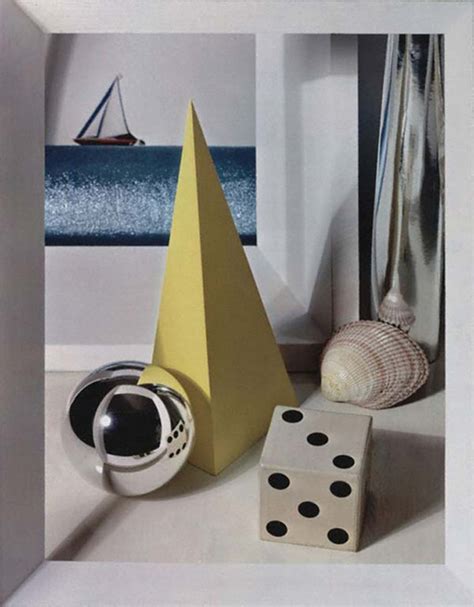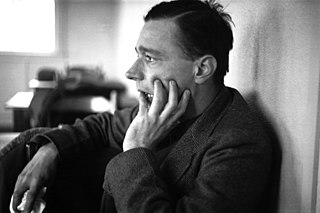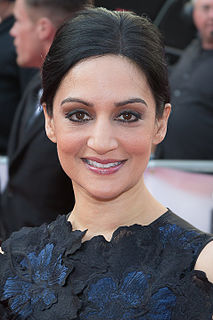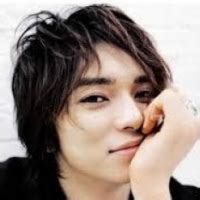A Quote by Lee Bermejo
Color is definitely an important factor for me during all phases of producing a cover. I always start out with a loose idea of what I want to see when I'm doing my initial sketches. This choice can be informed by anything, but I usually tend to lean toward more simple color schemes... something with a very obvious push between warms and cools.
Related Quotes
I do very, very, very simple, skimpy doodles, nothing too committed. Because people tend to fall in love if they like it - if you color it in and they like it, then they want exactly those colors, even if they were just indications. You really have to do it as simple as possible so they can concentrate on the idea and composition. And then all of the energy goes into making the final piece. And the final piece can be anything - it can be a drawing, a painting, a collage - and usually, it's obvious what that should be. Usually, the idea dictates what medium you use.
For many years, I have been moved by the blue at the far edge of what can be seen, that color of horizons, of remote mountain ranges, of anything far away. The color of that distance is the color of an emotion, the color of solitude and of desire, the color of there seen from here, the color of where you are not. And the color of where you can never go.
I've always thought for myself, that's something I want to focus on - color palette and the use of color. Rather than using it in a way that other makeup artists might, I try to enhance the color palette with the girl to really bring out her sickest features and make her look absolutely the best she can.
The difficulty with color is to go beyond the fact that it's color ? to have it be not just a colorful picture but really be a picture about something. It's difficult. So often color gets caught up in color, and it becomes merly decorative. Some photographers use it brilliantly to make visual statements combining color and content; otherwise it is empty.
I like black for clothes, small items, and jewelry. It's a color that can't be violated by any other colors. A color that simply keeps being itself. A color that sinks more somberly than any other color, yet asserts itself more than all other colors. It's a passionate gallant color. Anything is wonderful if it transcends things rather than being halfway.
